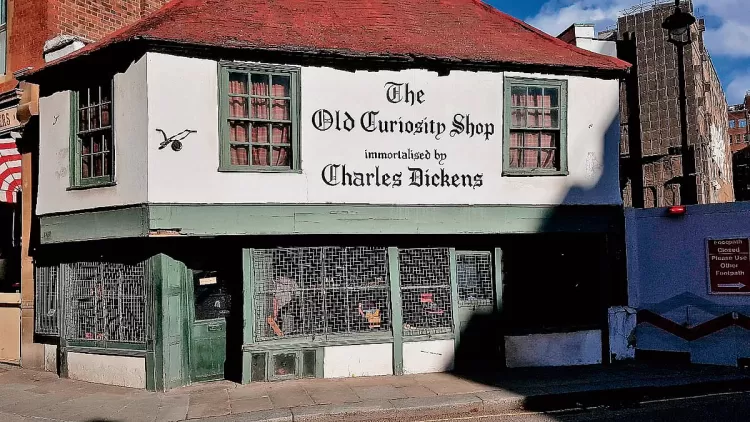Footsteps in a tale of two Cities

London’s literary landscape is littered with unforgotten words. Some real, some the stuff of legends. During a Bloomsbury pub walk, the English literature buff can see the plaque on 221 Baker Street, which is an imaginary address although the Sherlock Holmes Society says otherwise. The Conan Dyle tour takes you to the very hotel his wedding reception was held and a site where he solved a real-life detective case. But perhaps no other author has identified himself with London than Charles Dickens. Dickensian London was in the Victorian era of contrasts between extreme opulence and drab poverty. He called the city as a "magic lantern," a highlight of the Victorian era which used projectors to show slides of the city.There was the market Covent Garden, the site of Oliver Twist and The Pickwick Papers. The Staple Inn square in Holborn finds mention in The Mystery of Edwin Drood. The bells that ring in the clock tower of St. Dunstan-in-the-West Church peal in A Christmas Carol. In a letter












